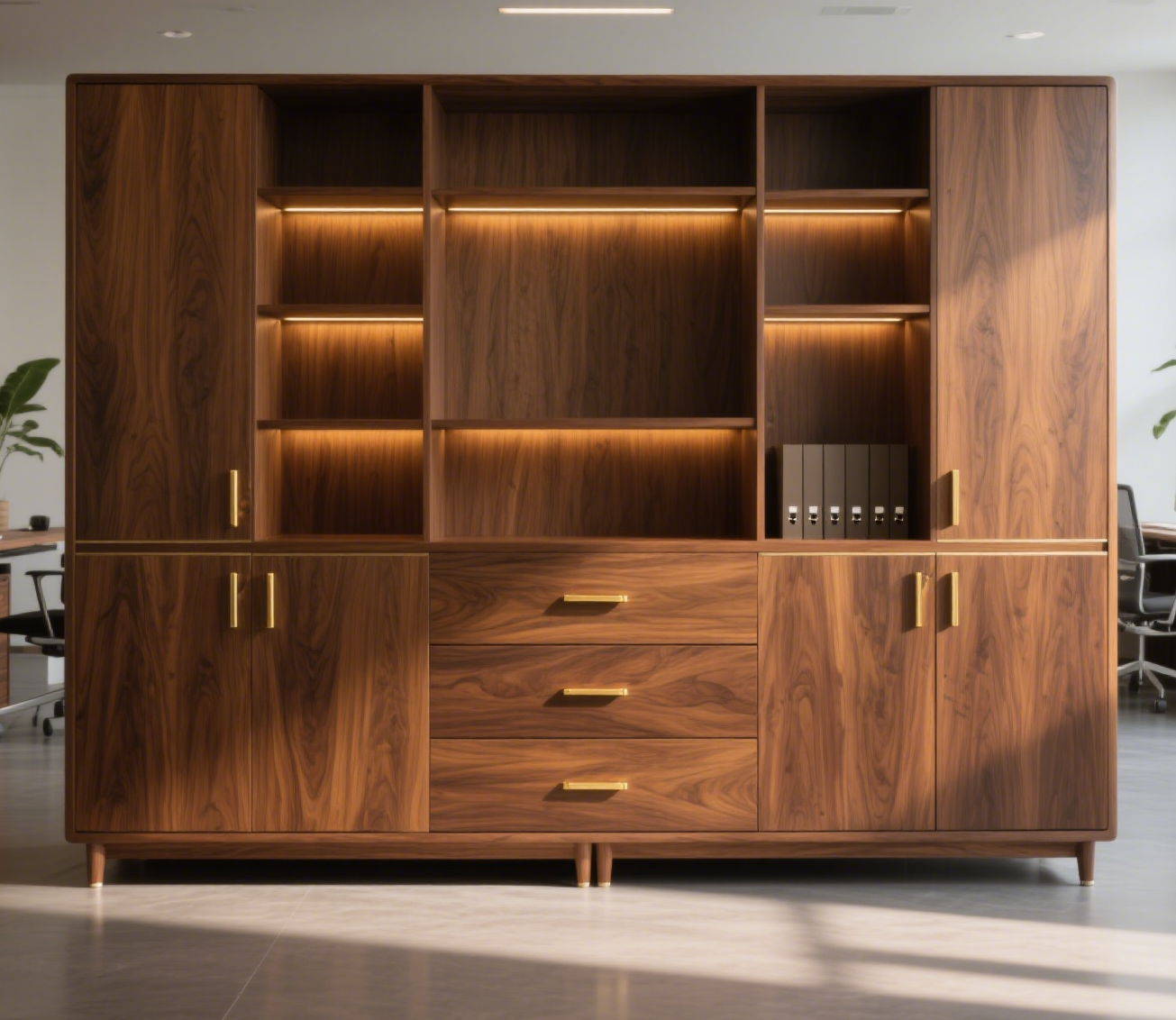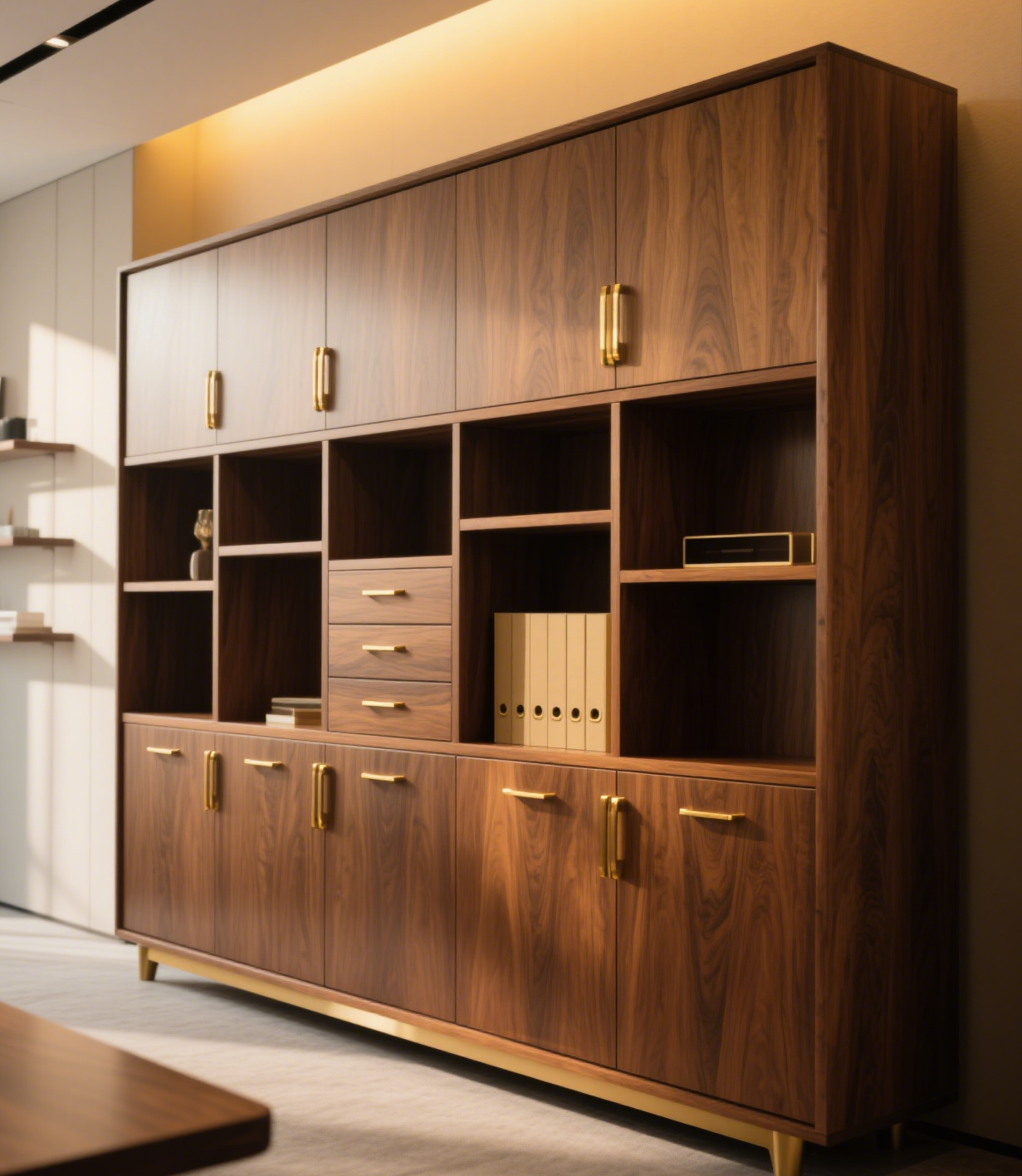
As an exporter of wooden furniture, you're well - aware of the challenges posed by humid climates. Wooden furniture is prone to issues like warping, mold growth, and scratches, which can significantly reduce its lifespan and market competitiveness. In this guide, we'll share practical tips on moisture - proofing, cleaning, and scratch repair to help you extend the life of your exported furniture and meet the needs of your customers.
Humidity is the primary enemy of wooden furniture. In a humid environment, wood can absorb moisture, leading to swelling, deformation, and mold. To combat this, you can control the indoor humidity. Ideally, the indoor humidity should be maintained between 30% and 50% for most wooden furniture. You can use a hygrometer to monitor the humidity level.
Dehumidifiers and desiccant boxes are effective tools for moisture control. For example, in a 20 - square - meter living room, a medium - sized dehumidifier can reduce the humidity by about 10% - 15% within a few hours. Place dehumidifier boxes in drawers, cabinets, and other enclosed spaces to absorb excess moisture. Different types of wood may require different moisture - proofing approaches. Hardwoods like oak and walnut are more resistant to moisture, but still need proper protection, while softwoods like pine are more vulnerable and need extra care.

Cleaning wooden furniture correctly is crucial to prevent damage. Different types of wood require different cleaning agents and methods. For instance, for teak wood, a mild soap solution is usually sufficient. Mix a small amount of mild liquid soap with warm water, and use a soft cloth to gently wipe the surface. Avoid using abrasive cleaners or scrubbing too hard, as this can scratch the wood.
For more delicate woods like mahogany, a specialized wood cleaner may be needed. These cleaners are formulated to clean and protect the wood without causing damage. When cleaning, always follow the grain of the wood to avoid scratches. A regular cleaning schedule, such as once a week for frequently used furniture in the living room or bedroom, can keep your furniture looking its best.

Scratches are inevitable on wooden furniture, but they don't have to be permanent. For minor scratches, you can use a mixture of olive oil and vinegar. Apply the mixture to the scratch with a soft cloth and gently rub it in. This can often make the scratch less noticeable. For deeper scratches, you can use a wood filler that matches the color of your furniture. After filling the scratch, sand it down gently and apply a coat of wood polish to restore the shine.
These DIY scratch - repair techniques are not only cost - effective but also easy to perform. By addressing scratches promptly, you can keep your furniture looking new and extend its lifespan.

By implementing these moisture - proofing, cleaning, and scratch - repair techniques, you can significantly extend the lifespan of your exported wooden furniture, enhance its market competitiveness, and improve customer satisfaction. We encourage you to share your own furniture maintenance experiences in the comments section below. Let's learn from each other and keep our wooden furniture in top condition!
If you want to learn more about wooden furniture maintenance and how to boost your export furniture business, click here for more valuable information.











